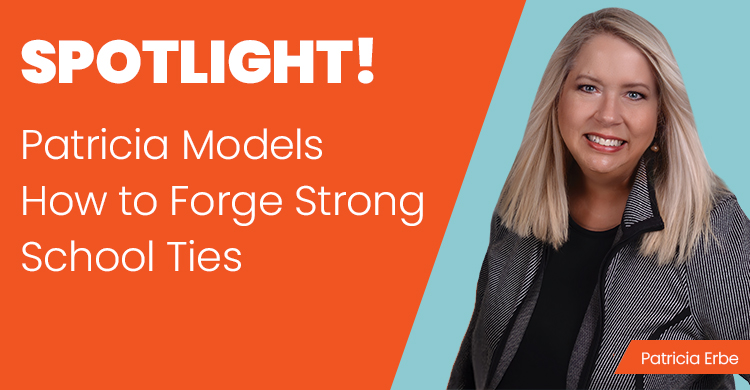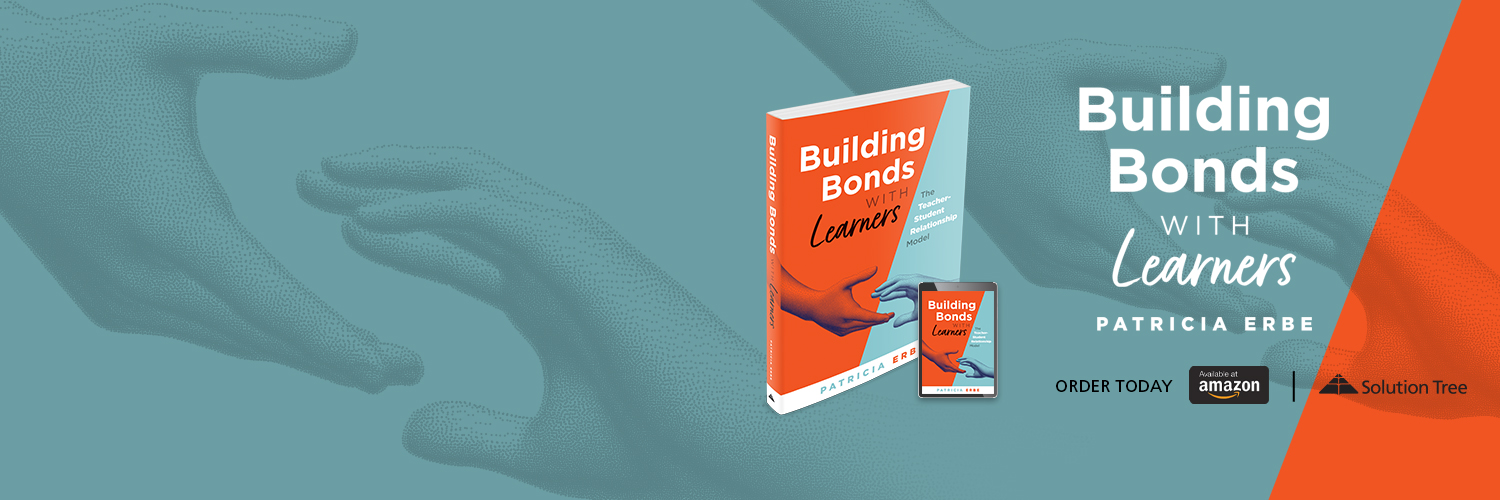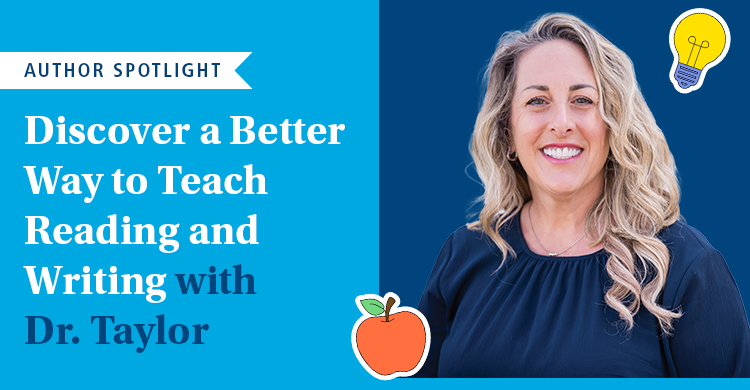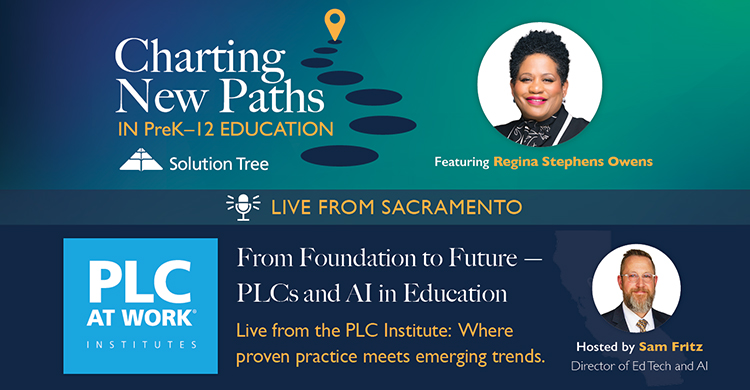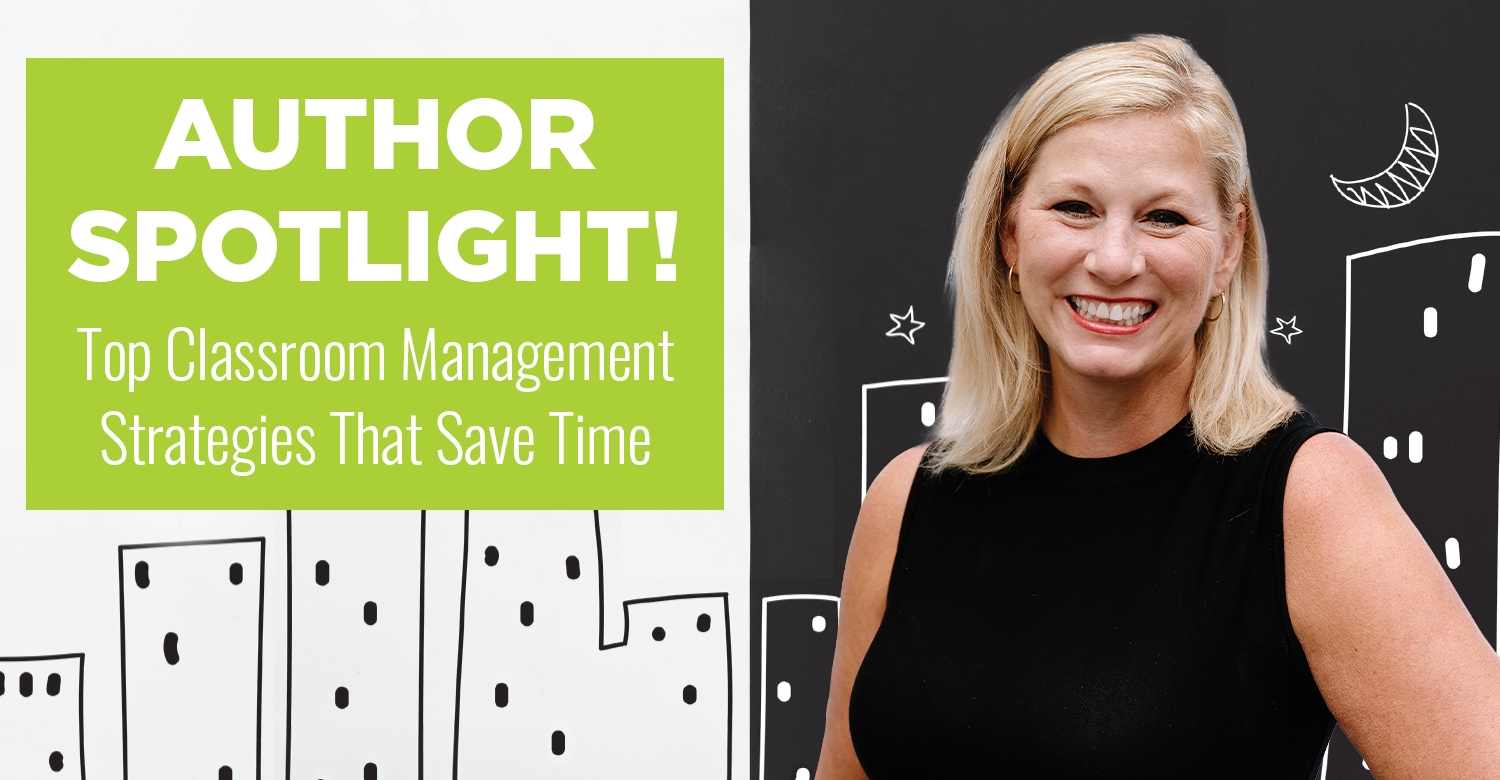Patricia Erbe, a teaching veteran who’s seen it all – from wide-eyed fifth graders to the occasional eye-roll in high school – shares her secrets for building meaningful connections with students. Think classroom management gold, relationship-building magic, and a sprinkle of wisdom gleaned from years in the trenches. Check out the Q&A below for a dose of Erbe’s wit and wisdom that’ll leave you inspired, no matter where you are in your teaching journey.
What inspired your passion for education and led you to pursue a career in teaching at both the elementary and secondary levels?
I remember my great aunt’s stories and love of teaching. As a young girl, she inspired me to create a home library by categorizing my father’s National Geographics and books, which I used as props when playing school with my younger brother and neighborhood friends. I always gravitated toward helping others to learn, and when it came time for me to select a career, there was no guessing—I knew I would be majoring in education.
I spent some time teaching at the elementary level, where I discovered my favorite grade to teach was fifth. In fact, I was saddened when my students moved on to sixth grade at the end of each year; they were so interesting and fun to teach that I wanted to go with them. Eventually, I obtained secondary certification and was able to transfer.
From my great aunt to my own students, my experiences with teaching have always fed my passion, and interactions with students continue to inspire me today.
What are some of the key challenges and rewards you’ve encountered while mentoring early-field and student teachers?
One of the biggest rewards of mentoring preservice teachers is seeing their enthusiasm and having the opportunity to share my knowledge and experience with them. Witnessing the excitement early-field and student teachers bring to the school environment reminds me why I chose this profession and provides a sense of rejuvenation. Being able to guide undergraduates is gratifying, especially when my advice is received, applied, and turned into successful teaching moments. We all benefit greatly from co-teaching and creating respectful connections that allow for abundant feedback and discussion.
Building relationships with students can be overwhelming for those learning the profession. We must help new teachers understand and navigate the key elements necessary to forge strong bonds in the classroom.
From theory to practice
My book, Building Bonds With Learners: The Teacher-Student Relationship Model, provides a systematic model to follow, which assists in creating meaningful ties with students. This framework includes recognizing one’s brand (who we are, what we share, and how we are perceived by students) and the important considerations that go into establishing a relationship bond (classroom environment, communication, special needs, diversity, equity, and inclusion); a concrete plan to build those bonds (through strategies and step-by-step guidance); and the importance of being able to reflect for self-efficacy and change.
Classroom management also seems to be a consistent challenge for many new teachers. Some universities, like my local one, now require field experiences during freshman year. This additional time in the classroom may help these aspiring educators develop the skills necessary to manage students. I have also found that co-teaching some lessons shows future teachers how to handle even the most difficult classes in a gradual and supportive way. As mentors, we should be the bridge between theory and practice.
How has your involvement with the West Chester Area Education Foundation Board influenced your perspective on the relationship between community resources and student success?
There are so many resources available within our communities. Local boards made up of community business leaders, teachers, and school administrators can become powerhouses that facilitate funds for specific school needs. Before being on the board, I saw community involvement more as a concept than a goal-oriented body of action.
Teachers submit grants to the West Chester Area Education Foundation Board, which are then reviewed and voted on based on benefit analyses, needs, and value. My experience on the board showed me that the relationship between community resources and student success is not just a concept; it is a goal-oriented, positive partnership between the community and the school.
In your new book, Building Bonds With Learners, you emphasize the importance of self-inventory for teachers. What are some common attributes that can enhance a teacher’s ability to form strong relationships with students?
Self-inventory helps us form strong relationships with our students. It is where we find out what we need to meet our relationship-building goals. Knowing who we are, being open to learning, and being willing to adapt to change are important parts of this process. Having the ability to discover our passions and personalities and what we share with students is a necessary component in building bonds. It is the glue needed to make solid connections with students.
Discovering our strengths and weaknesses and sifting through what is necessary or unnecessary allows us to learn from our mistakes. Still, we need to permit ourselves to accept what needs to be changed, take responsibility, and apply new strategies in order to create the best opportunities to forge positive ties with learners.
What are some key takeaways from your professional development experiences that you believe are essential for today’s educators to understand and implement?
There is always something that can be gleaned from professional development opportunities, even for a seasoned professional. Try to keep an open mind. I have found value in every PD experience—some more than others, of course.
My suggestion is to find at least a few ideas you can take away and implement immediately. Time is critical. Once professional development is finished, we tend to move on to the next task, and sometimes, those cool concepts are pushed aside or forgotten. I think about how I will implement what I have learned, visualize it, and write a plan down to keep it fresh and ready.
For veteran teachers, the impact you have on your colleagues’ professional growth should not be underrated.
Think about how you could share your experience from the PD with newer teachers in your school and those who seek change. Your years of teaching are invaluable in mentoring others!
Looking for even more perspectives on how to nurture and coach new teachers in your school? Check out these hand-picked resources from Solution Tree:
- Dear New Teacher (Blog)
- Coaching the Whole Educator (Blog)
- Part 1, Part 2, and Part 3 of our Thriving as a New or Guest Teacher webinar series
About the educator
Patricia Erbe, MEd, is an author and former educator in Pennsylvania’s West Chester Area School District, where she taught for decades at the elementary and secondary levels while also serving as a team leader, curriculum developer, science advocate, early field and student teacher mentor, and professional development expert to individuals and organizations for skill growth and practical teaching applications.


